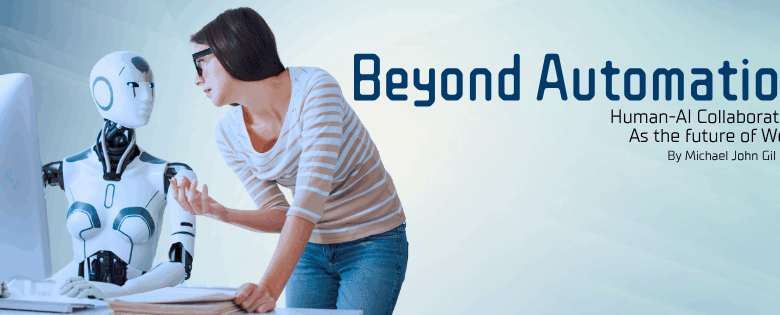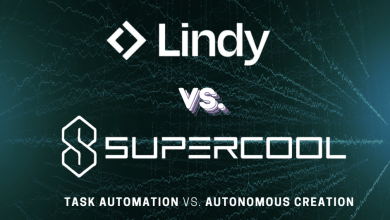
There’s a growing tension in our workplace that no one wants to admit out loud. As AI becomes more visible, more accessible, and more capable, many of my co-workers aren’t just curious, they are anxious. Some of my co-workers are already bracing for the day when AI might replace them.
But that fear, while understandable, is also incomplete.
Yes, AI and automation can handle routine tasks, often faster and more accurately than we can. But unless a company is pouring significant resources into custom AI systems, most of what’s available today is built to assist, not replace. The truth is, we’re not facing a future of full automation. We’re standing at the edge of something far more powerful: augmentation.
From Replacement to Augmentation
There’s a big difference between being replaced by AI and being empowered by it. What I believe, and what I try to share with those around me, is that AI isn’t here to take our jobs. It’s here to change how we do them.
By allowing AI to handle repetitive, low-impact tasks, employees can redirect their energy to the work that matters most. That might mean developing new skills, reviewing important projects with fresh insight, or focusing on strategic thinking rather than admin overload. This shift has the potential to increase not just productivity, but job satisfaction and creativity as well.
And this change isn’t unique to tech or marketing roles. In nearly every sector, human-AI collaboration is reshaping what work looks like.
Real-World Use Cases
Let’s look beyond our own desks for a moment. These examples show how AI is working alongside humans in meaningful ways:
1. Collaborating Design in Architecture
Firms like Zaha Hadid Architects use AI-driven generative designs tools, such as DALL.E 2, MidJourney, and Stable Diffusion, to accelerate early-stage ideation and design exploration. Approximately 10-15% of AI-Generated designs are carried forward into more detailed architectural modeling processes.
Additionally, they report that AI-assistance has significantly helped their productivity in early design phases, practically doubling or tripping the output. (citation)
2. Healthcare Diagnostics
Radiologists can now rely on AI to flag abnormalities in scans. A team at Stanford Medicine found that clinicians using AI-assisted tools for diagnosing skin cancer showed marked improvements: sensitivity increased by around 13 percentage points and specificity by about 11 points compared to unaided clinicians. The study analyzed data from more than 67,000 evaluations across 12 studies. Broader commentary confirms that AI tools in radiology are improving both accuracy and speed, while keeping human oversight at the center of final decision-making.
In this case, AI acts as the copilot, while the clinicians remain the main pilot. (citation)
3. Financial Forecasting
JPMorgan Chase has implemented AI tools to handle data aggregation and pattern detection in real-time financial markets. These tools, specifically Smart Monitor and Moneyball within their Spectrum platform, help streamline data processing, surface timely market insights, and flag potential biases. This enables analysts and portfolio managers to make quicker, yet well-informed decisions.
Still, final investment decisions remain human-driven, with AI offering clarity, not conclusions. (citation)
Building an AI-ready, Collaborative Workplace
Despite the clear benefits, many employees remain uneasy. And that unease can lead to resistance, stress, or even a drop in performance. If we want to build a workplace that thrives with AI, we need to do more than just install new tools. We need to shift the culture.
Here’s what I believe leaders and decision-makers should focus on:
- Train employees for adaptability, not just technical skills. Help them think flexibly so they can respond to change with confidence.
- Demystify AI through transparency. Show how decisions are made and where AI fits into the workflow.
- Design processes that include humans in the loop. AI should enhance human decision-making, not sideline it.
When these steps are in place, employees are more likely to see AI as a partner instead of a threat. And that’s when real collaboration begins.
Conclusion
The real question isn’t whether AI will transform work. It already is. The question is whether we’ll transform along with it.
AI is not the enemy of workers, it’s the mirror. It reveals which parts of our jobs add real value, and which are just busywork. It challenges us to evolve, not retreat.
The future of work is not about AI versus humans. It’s about whether we are brave enough to embrace a future where both grow stronger together.
Companies that invest in that mindset will move forward. Those that don’t may not move at all.



